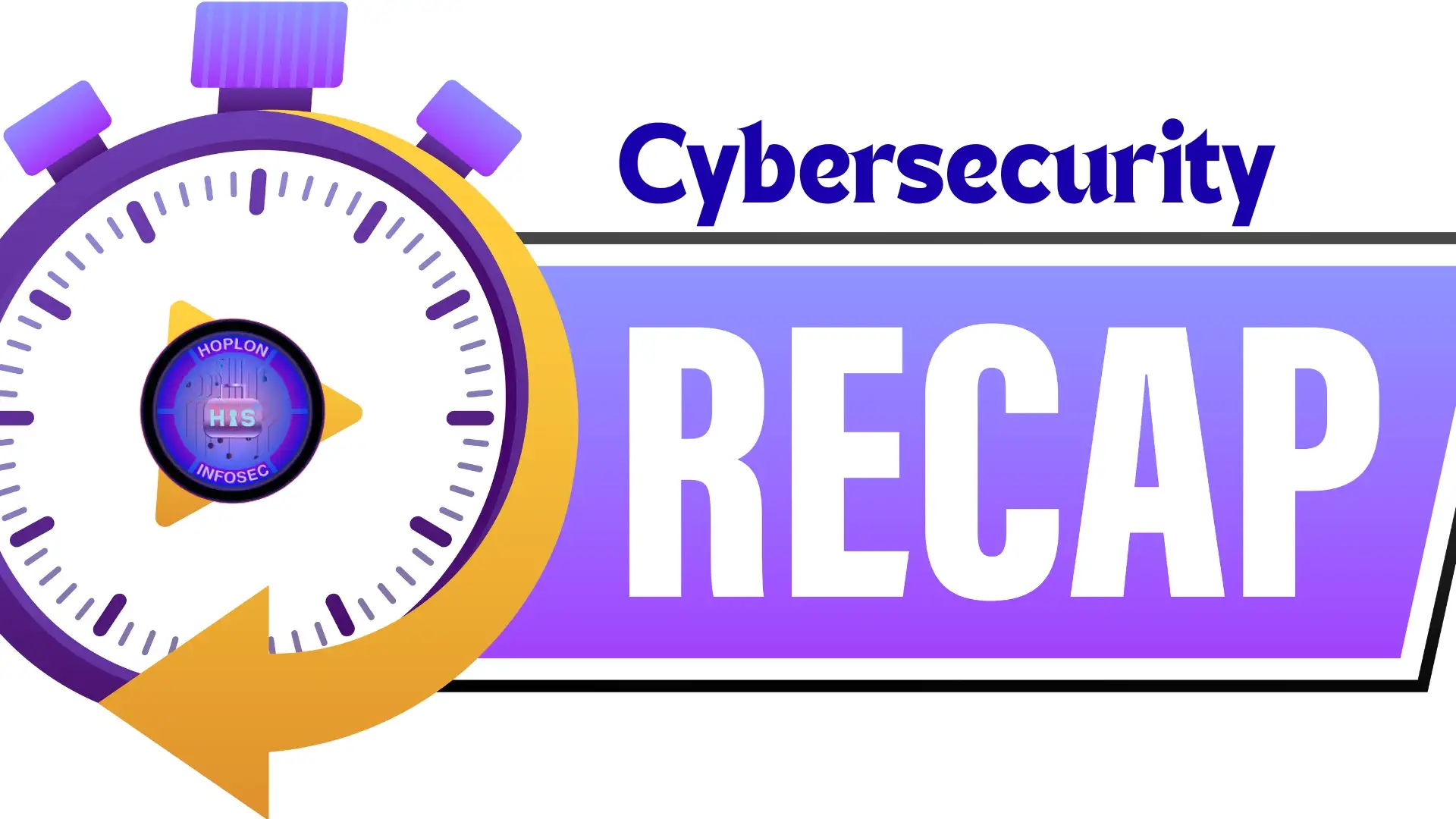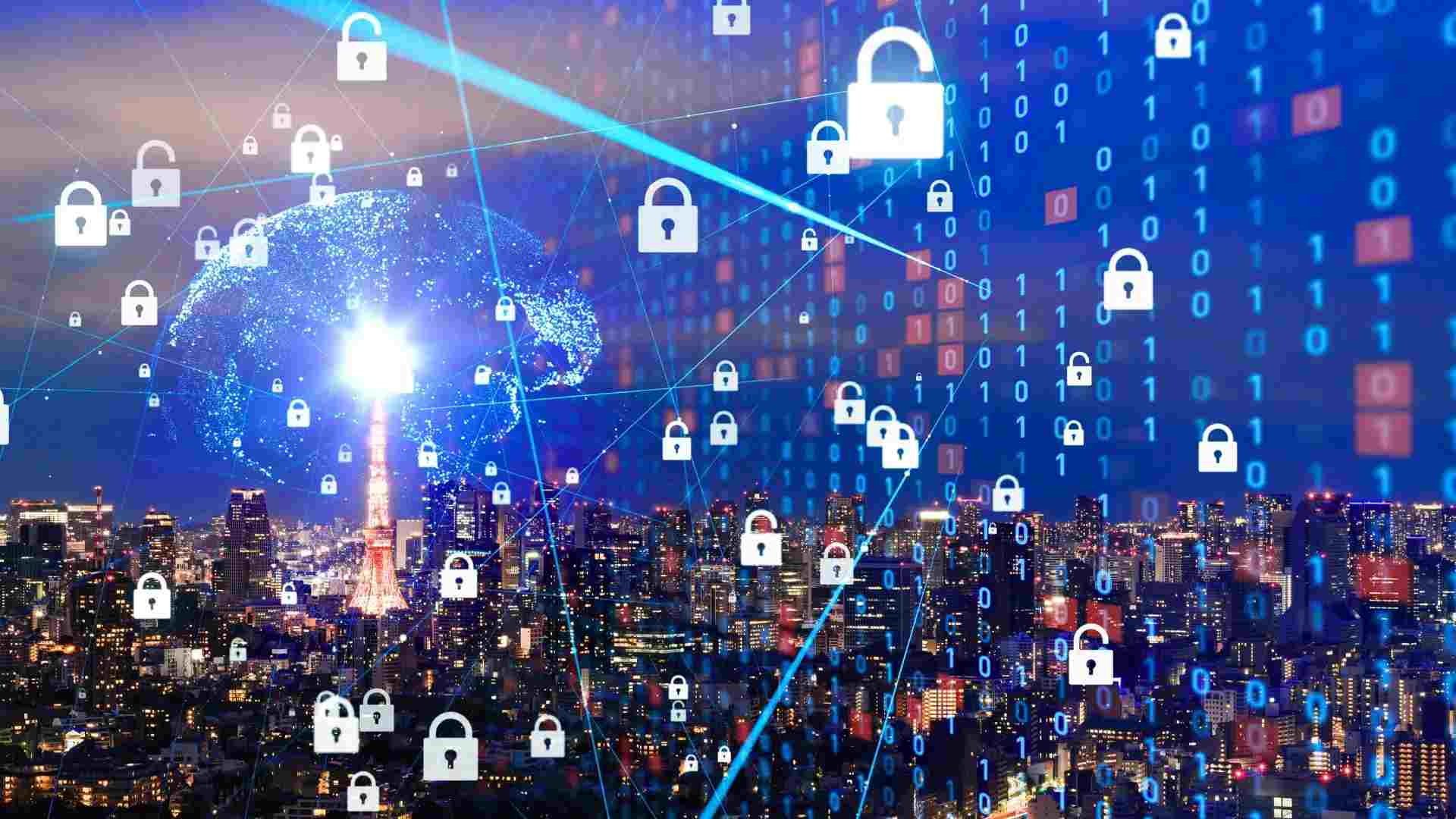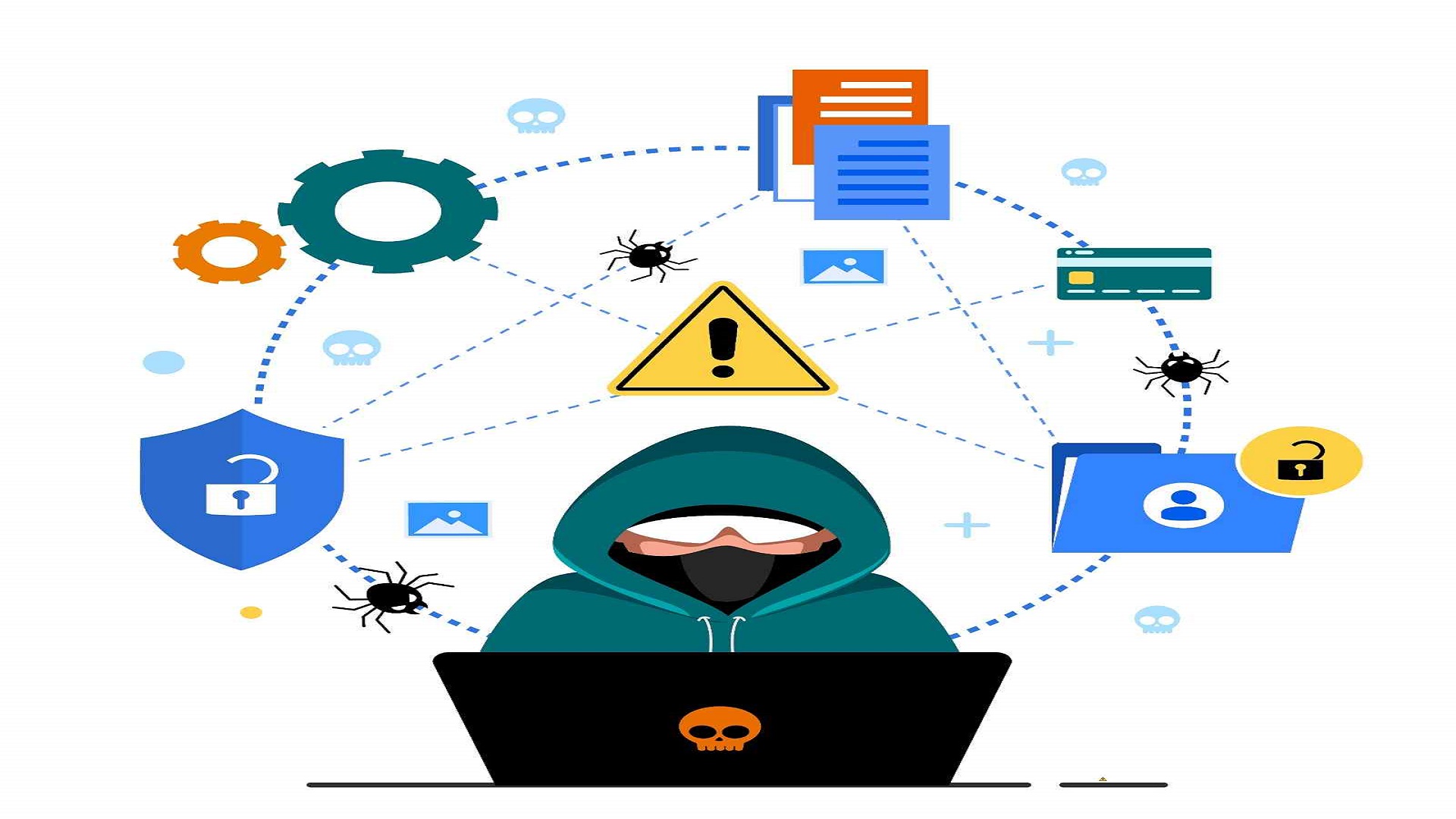In today’s digital age, where technology has become an integral part of our lives, cybercrime has emerged as one of the most significant threats to individuals, businesses, and governments. From identity theft to ransomware attacks, cybercriminals employ sophisticated methods to exploit vulnerabilities in digital systems. Digital forensics has become a cornerstone in combating these crimes, enabling investigators to uncover evidence, track perpetrators, and ensure justice. This blog delves into the critical role of digital forensics in cybercrime investigations, highlighting its processes, tools, and significance.
Digital forensics, often called cyber forensics, involves identifying, preserving, examining, and analyzing digital evidence. This evidence is crucial for solving crimes involving computers, mobile devices, and online networks. According to recent statistics, the global cost of cybercrime is expected to reach $10.5 trillion annually by 2025, underscoring the urgent need for effective investigation methods.
One of the primary goals of digital forensics is to recover data that cybercriminals might have deleted or hidden. For instance, forensic experts can retrieve information from hard drives, cloud storage, or encrypted devices. In 2023, over 70% of cybercrime cases required data recovery as part of the investigation process, highlighting the reliance on advanced forensic techniques.
Digital forensics operates through a structured process that includes data acquisition, examination, analysis, and reporting. Each step is vital in maintaining the integrity of the evidence and ensuring its admissibility in court. For example, tools like EnCase and FTK are frequently used to acquire data while preserving its authenticity.
The rise of mobile devices has added another layer of complexity to cybercrime investigations. With over 6.92 billion smartphone users globally in 2023, mobile forensics has become a critical subset of digital forensics. Investigators often analyze call logs, messages, and app data to capture a suspect’s digital footprint.
Another essential component is network forensics, which monitors and analyzes network traffic. This is particularly important in cases involving Distributed Denial of Service (DDoS) attacks or unauthorized access to corporate networks. Studies show that network forensics contributed to solving 45% of ransomware attacks in 2022.
The increasing use of the dark web for illegal activities such as drug trafficking and human exploitation has posed significant challenges to law enforcement. Digital forensics helps trace transactions and communications on the dark web, often involving cryptocurrencies. In 2023, dark web investigations led to the arrest of over 3,000 cybercriminals worldwide.
The role of artificial intelligence (AI) and machine learning in digital forensics is growing. These technologies can automate tasks like pattern recognition and anomaly detection, expediting the investigation process. By 2025, AI-driven forensic tools are expected to reduce investigation times by 30%.
Understanding Digital Forensics
Digital forensics involves collecting, analyzing, and preserving electronic data to uncover digital evidence in cybercrime cases. It plays a critical role in understanding how crimes were committed and ensuring evidence is admissible in court.
Digital forensics, also known as cyber forensics, is a branch of forensic science dedicated to recovering, analyzing, and preserving digital evidence. Its purpose is to investigate incidents involving digital devices such as computers, smartphones, and networks, often in the context of cybercrimes. This evidence can be crucial in solving cases from identity theft and fraud to sophisticated ransomware attacks while ensuring legal admissibility in court.
The Importance of Data Recovery
Cybercriminals often delete or hide critical information to evade detection. Digital forensics focuses on recovering this data from hard drives, cloud systems, or encrypted devices, making it a vital part of investigations.
Data recovery is a critical component of digital forensics, focusing on retrieving lost, deleted, or hidden data that may hold key evidence in cybercrime cases. Cybercriminals often attempt to erase their tracks by deleting files or formatting drives, but advanced data recovery tools can retrieve this information. Whether recovering financial records in fraud cases or retrieving messages in a hacking incident, data recovery ensures that no crucial evidence is overlooked during investigations.
Data recovery involves specialized techniques and tools designed to retrieve data from various digital sources, including hard drives, solid-state drives, mobile devices, and cloud systems. EnCase, FTK, and R-Studio are widely used in forensics to reconstruct files and extract information from damaged or encrypted storage. These tools recover data and maintain its integrity, ensuring it remains unaltered and admissible in legal proceedings.
Critical Phases of Digital Forensics
Data acquisition is the first and most crucial phase in digital forensics, which involves securely collecting digital evidence from various devices or sources. This step requires forensic experts to ensure the data remains unaltered during collection. Tools like write-blockers and specialized software are employed to create exact copies or forensic images of the original data, preserving its integrity. Proper documentation, including maintaining the chain of custody, is essential to ensure the evidence is admissible in court on how an unauthorized access occurred or the use of metadata to track file modifications.
The final phase is reporting, where findings are documented clearly and comprehensively. This report must present the evidence and conclusions in a way that is understandable to non-technical stakeholders, such as lawyers, judges, or corporate executives. Detailed visuals like timelines or diagrams are often included to enhance clarity. The goal is to ensure that the evidence and analysis can withstand legal scrutiny and contribute to resolving the case effectively.
The process of digital forensics includes:
- Acquisition: Securely gathering evidence.
- Examination: Filtering relevant data.
- Analysis: Interpreting findings.
- Reporting: Presenting evidence in an understandable format for legal proceedings.
Mobile Forensics and Its Growing Need
With the proliferation of smartphones, mobile forensics focuses on recovering data from mobile devices, including messages, app activity, and GPS data. This is critical given the 6.92 billion smartphone users globally.
Mobile forensics focuses on extracting and analyzing data from mobile devices like smartphones, tablets, and wearables. With mobile devices integral to daily life, they often hold key evidence in cybercrime investigations, including call logs, messages, GPS data, and app activity. This branch of digital forensics is crucial for uncovering evidence in cases ranging from fraud and cyberstalking to terrorism. As smartphones become more advanced, they serve as both tools and targets for cybercriminals, making mobile forensics an essential investigative field.
The increasing sophistication of mobile technology has introduced new challenges for forensic experts. Advanced encryption, secure messaging apps, and frequent software updates make accessing and retrieving data difficult. Mobile devices often store data in diverse locations, including local storage, cloud backups, and third-party apps. Specialized tools like Cellebrite and Oxygen Forensic Suite are now indispensable for investigators, enabling them to navigate these complexities and recover valuable evidence without compromising data integrity.
Network Forensics for Cybersecurity Threats
This branch monitors network traffic to identify cyberattacks, such as Distributed Denial of Service (DDoS) or data breaches. Network forensics helps trace unauthorized activities back to their sources.
Network forensics involves monitoring and analyzing network traffic to detect, investigate, and respond to cyber threats. It focuses on capturing and scrutinizing data packets, log files, and communication patterns within a network to identify suspicious activities or breaches. This process addresses threats like Distributed Denial of Service (DDoS) attacks, data exfiltration, and unauthorized access attempts. By reconstructing events, network forensics provides insights into how an attack occurred, who was involved, and what systems were compromised.
With the increasing frequency of advanced persistent threats (APTs) and ransomware attacks, network forensics has become indispensable in securing digital infrastructure. Tools like Wireshark, SolarWinds, and Snort enable forensic experts to analyze traffic patterns and detect real-time anomalies. Studies reveal that 45% of ransomware attacks in 2022 were solved using network forensic evidence, highlighting its effectiveness. Furthermore, network forensics not only aids in mitigating ongoing threats but also strengthens proactive defenses by identifying vulnerabilities that could be exploited in future attacks.
Tracing Insider Threats
Not all cybercrimes are external. Digital forensics helps organizations identify internal threats by analyzing logs, emails, and user behavior, preventing further damage and ensuring accountability.
Insider threats arise when employees or other trusted individuals within an organization intentionally or unintentionally compromise sensitive data or systems. These threats include stealing intellectual property, leaking confidential information, or facilitating unauthorized system access. Digital forensics is crucial in identifying insider threats by analyzing user activity logs, email communications, and system access records. For example, unusual login times or unauthorized data transfers can serve as red flags, prompting deeper investigation.
Advanced forensic tools and techniques are essential in tracing insider threats. Solutions like Splunk, SIEM systems, and endpoint detection platforms enable real-time monitoring and post-incident analysis of suspicious activities. Forensic experts can reconstruct actions, identify compromised files, and trace interactions to specific users. By providing detailed evidence, digital forensics not only uncovers the source of the threat but also aids in implementing preventive measures, such as refining access controls and training employees on cybersecurity best practices.
Navigating the Dark Web
The dark web is a hub for illegal activities like hacking, drug trafficking, and identity theft. Digital forensic experts trace transactions and communications, often uncovering hidden operations and leading to arrests.
The dark web is a hidden part of the internet that facilitates anonymous communication and transactions, often enabling illegal activities such as drug trafficking, weapons trade, and cybercrime services. Navigating this shadowy realm is challenging due to its reliance on encryption and anonymizing tools like Tor. Digital forensics is pivotal in uncovering criminal operations on the dark web. Investigators trace digital breadcrumbs, analyze cryptocurrency transactions, and monitor illicit marketplaces to gather actionable evidence. For example, forensic techniques have been instrumental in dismantling dark web marketplaces and arresting perpetrators globally.
Investigating the dark web requires specialized expertise and tools capable of decrypting communications and tracking financial transactions. Blockchain analysis tools like Chainalysis allow forensic experts to trace cryptocurrency used in ransomware payments or illegal transactions. Despite the technical hurdles, dark web forensics has led to significant breakthroughs, such as the 3,000 arrests made globally in 2023 related to dark web crimes. These efforts underscore the importance of digital forensics in illuminating the hidden corners of the internet and ensuring justice.
The Role of Cryptocurrencies in Cybercrime
Cybercriminals often use cryptocurrencies for anonymous transactions. Forensic tools track blockchain activities, providing valuable leads in solving ransomware or fraud cases.
Cryptocurrencies, like Bitcoin and Ethereum, have revolutionized digital transactions by offering decentralized and pseudonymous payment methods. Unfortunately, this has also made them attractive to cybercriminals. Ransomware operators often demand payments in cryptocurrency to evade traditional financial tracking systems. Similarly, illegal marketplaces on the dark web use cryptocurrencies for transactions involving drugs, weapons, and stolen data. The lack of centralized oversight and the ability to create anonymous wallets make cryptocurrencies a preferred choice for laundering illicit funds.
Despite the anonymity cryptocurrencies offer, blockchain technology, which underpins most digital currencies, provides a transparent transaction ledger. Digital forensic tools like Chainalysis and Elliptic allow investigators to trace transaction flows and uncover links between wallets and criminal activities. These tools have been instrumental in recovering ransomware payments and dismantling money laundering networks. In 2022 alone, law enforcement agencies recovered $3 billion in cryptocurrency linked to cybercrimes, proving the importance of digital forensics in countering these threats.







